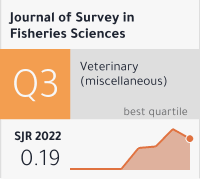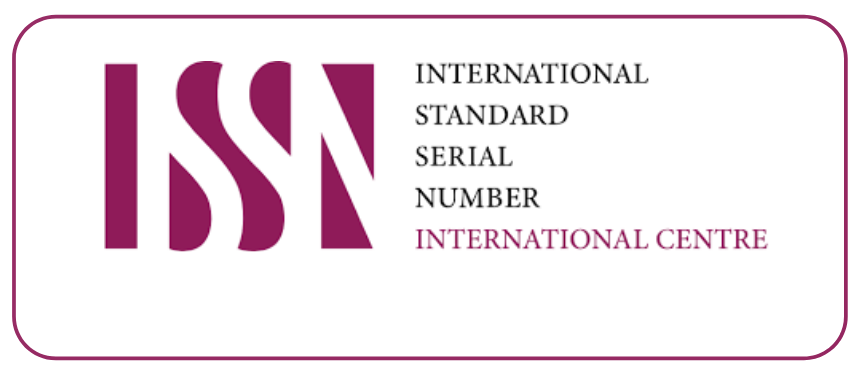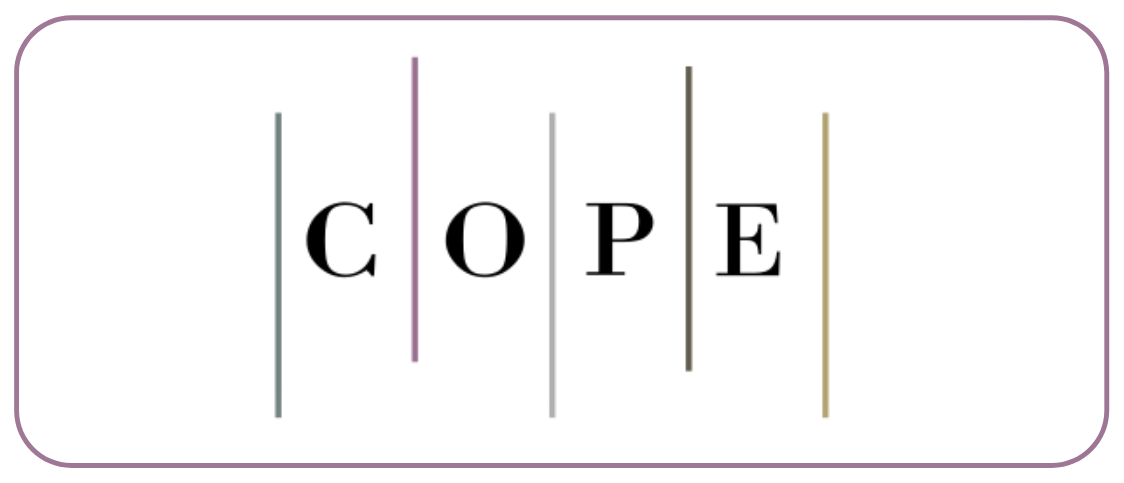Effect of fusion imaging on reducing radiation and contrast exposure during revascularization of iliac stenosis
Keywords:
iliac artery, fusion imaging, endovascular treatment, computed tomography, angiography, magnetic resonance angiographyAbstract
The purpose of this research is to evaluate the feasibility, safety and efficiency of fusion imaging in order to guide the vessels of iliac stenosis. In this study, we identified twenty-six patients (20 men, with a mean age of 63 ± 8) suffering from chronic vascular occlusion (n=6; 23%) or severe stenosis (n=20) of the common and/or external iliac artery. The median lesion length was 33 mm (IQR 60-20). In one group of patients (new group; n=11), fusion imaging with 2-D/3-D registration was used to guide revascularization. None Baseline digital subtraction angiography (DSA) was not obtained in these patients. In another group of patients (old; n=15), no fusion imaging was used and at least one DSA was performed to guide the procedure. In both Final DSA group of treated lesions was performed. Number of DSA sessions, exposure to radiation and contrast material, technical success (residual stenosis <30%) and complications were analyzed. Median DSA runs needed in old age for guidance n=2 (IQR 2-3) and in the new n=0 (IQR 0-0; p = 0.001). Compared to OLD, the median dose (DAP) was reduced by 17118 ml (IQR 10407-23614; p=0.016) if Fusion imaging guidance was used (new). Based on the median DAP of the final angiography in the new, the median DAP reduction was 6007 mGy * cm2 (IQR 16,105-5012; p=0.1). The median volume of the total injected contrast material was 45 ml (IQR 90-30) in the new and 120 ml (IQR 140-100; p=0.001) in the old. Technical results for both groups were 100%. A minor complication (embolism) occurred in 1/27 patients (3.7%) and fusion imaging proved to be a safe procedure and significantly reduced radiation and contrast exposure during revascularization of iliac stenosis. to give.









